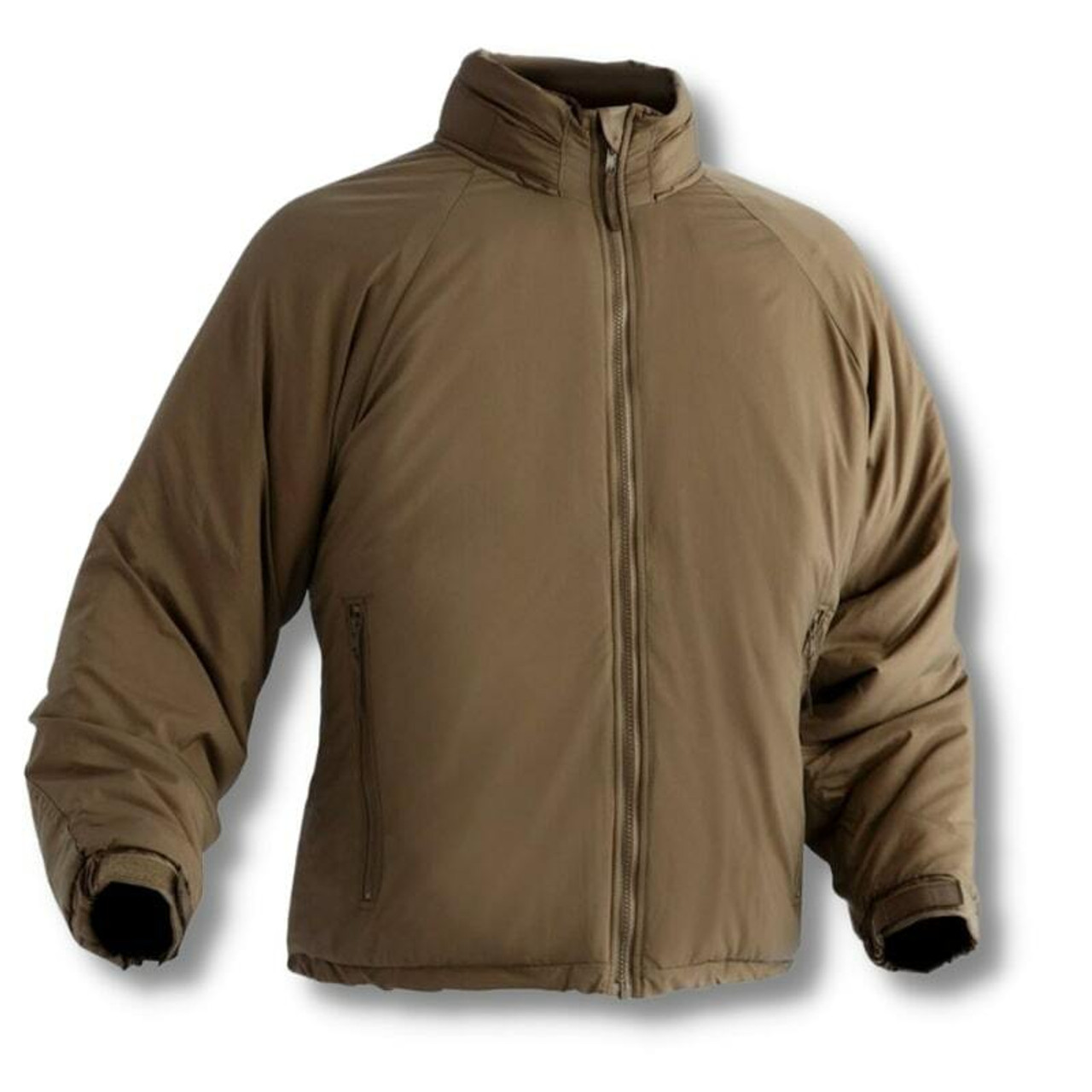Layering: A Survival Guide For the Cold
Master Chief here at 10,000 feet in the Colorado Rockies. In my 25 years as an elite operator, I learned a few things about staying warm in extremely cold environments. I still use these skills here today, in Colorado. Whether you're an avid hunter in the oil fields, a farmer out on the plains in the winter, or simply a patriot that wants to have some knowledge about surviving in the extreme, this knowledge will be valuable to you.
Basics Of Layering
Today we are going to discuss layering. Layers are the key to maintaining a comfortable body temperature. The primary reason for layers is that they can be added or removed as you move in and outdoors. You’ll also want to remove or add layers as you go from standing around to working and exerting.
The key to it all is to not sweat too much or too little. We want to be just right in maintaining our body temperature. So with that, let's get to layering.
Base Layer
The first item we are gonna talk about today is the FROG Silk Weight thermal top and bottom. This is the base layer in any system. In cold weather, the silk weight creates a thin, insulated layer that maintains body heat. This product is the ideal underlay for year-round use in tempered environments. Base layers provide the first layer of warmth and also absorb and evaporate sweat to keep you warm. The frog silk weight comes in many different sizes and colors for any need or environment. Silk weights are a must anytime we are operating in inclement weather in almost any temperature below 50.
Sub-Base Layer
Next, we're gonna talk about the FROG grid fleece pullover pant and shirt. This would be the next layer in a layered system. The grid system and the material provide a wicking effect that holds warmth in the silk weight layer. In my career as a SEAL, we used this product or something similar. Many times, a silky or grid fleece and shell were all that we needed when patrolling harsher weather. The FROG fleece also comes in a variety of sizes and colors for any need.
Mid Layer
As the temperature drops, the next layer, and one of my favorite pieces of gear, is the Polar Tech Jacket. I still use one of these almost every day in the Rockies in the wintertime. It would be considered a mid-weight layer or just as a standalone jacket when traveling across the globe while I was in the Teams. This is one piece of kit that I always took with me in my go bag and used as soon as we got wherever we were going. If it was a little bit chilly, you could just pull it out, put it on, and you could be pretty comfortable for a good amount of time.
Outer Layer
The next piece of gear and the big kid in the layered system is the Wild Things Extreme Cold Happy jacket and pants. This is for when it really gets cold and when you're in an extremely cold environment and not producing a lot of heat through exertion. The waterproofed and wind-resistant shell with reinforced abrasion panels in the elbows make this a durable piece of kit. We would take something like this compressed in our packs and immediately put it on once we came out of a ski or foot patrol in extremely cold environments. In really cold temps, we would sometimes even sleep in these as well.
So that is the basics of layering in cold weather, as I said before, this is for anyone who either lives or works in a cold weather environment or extremely cold weather. All the items that we discussed here today are available in the store for purchase today.
If you have any other questions, my friends at Army Navy Outdoors would be happy to answer them. This is the Master Chief, signing off.
Head over to our YouTube channel for more survival tips.











